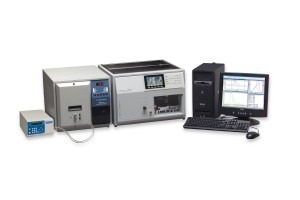
Malvern Instruments has released a downloadable presentation that is designed to help illustrate the importance of specific analytical details when characterising protein or polymer solutions.
Dr Jean-Luc Brousseau from the separations systems team at Malvern Instruments recorded the presentation, which is entitled 'On the Overlooked Second Virial Coefficient'.
In 'On the Overlooked Second Virial Coefficient', Brousseau explains the reasons why and how protein and polymer scientists can improve characterisation results by measuring the second virial coefficient, using either static light scattering or gel permeation chromatography/size exclusion chromatography (GPC/SEC).
Improved results can then be used to optimise solubility and stability in a final product.
The presentation can be downloaded free from the Malvern Instruments website.
The second virial coefficient (A2) accounts for molecule-to-molecule interactions and is required for accuracy when measuring concentrated solutions of macromolecules.
Closely correlated with sample solubility, a positive second virial coefficient (A2) result suggests an easily solvated sample, whereas a negative result indicates a preference for molecule-molecule contact.
The A2 parameter can therefore reveal details about the quality of the solvent and provide insight into stability and coating behaviours of polymers, or stability and crystallisation behaviours in proteins.
Dependent on pH, temperature and other parameters, A2 can be measured using static light scattering in batch or flow using GPC/SEC.
Systems from Malvern Instruments' Zetasizer light scattering range Viscotek GPC/SEC range, are therefore well suited to measuring A2 in either protein or polymer samples.




